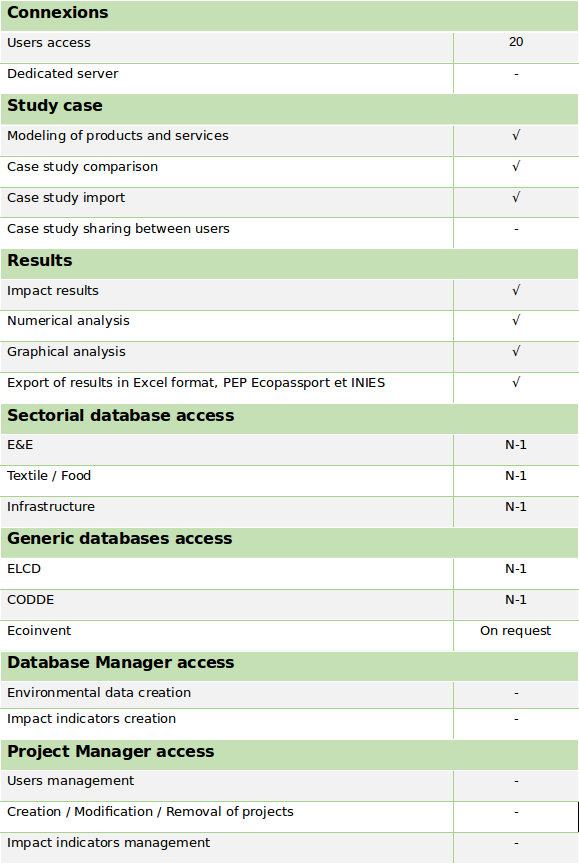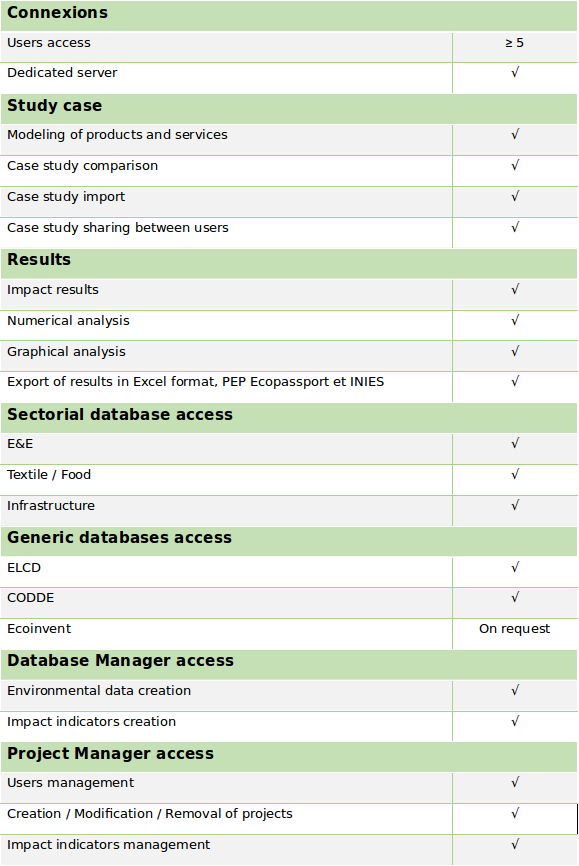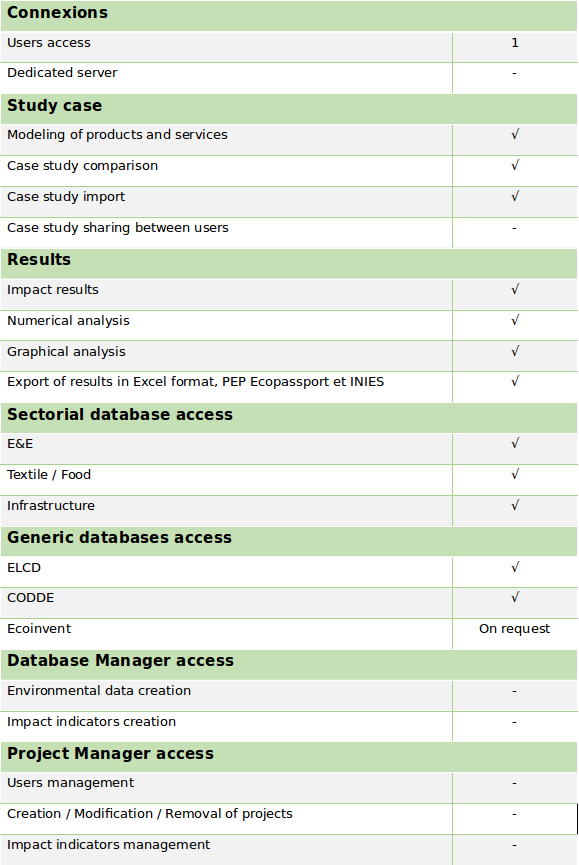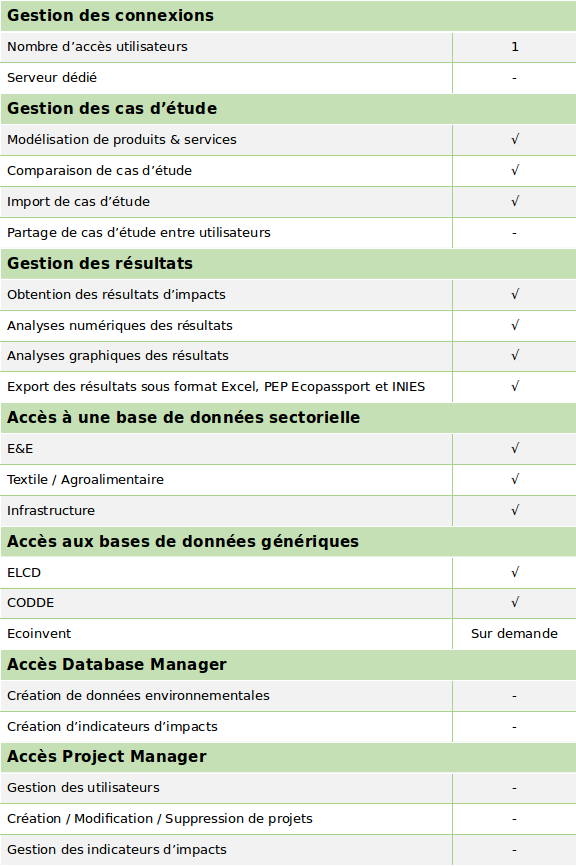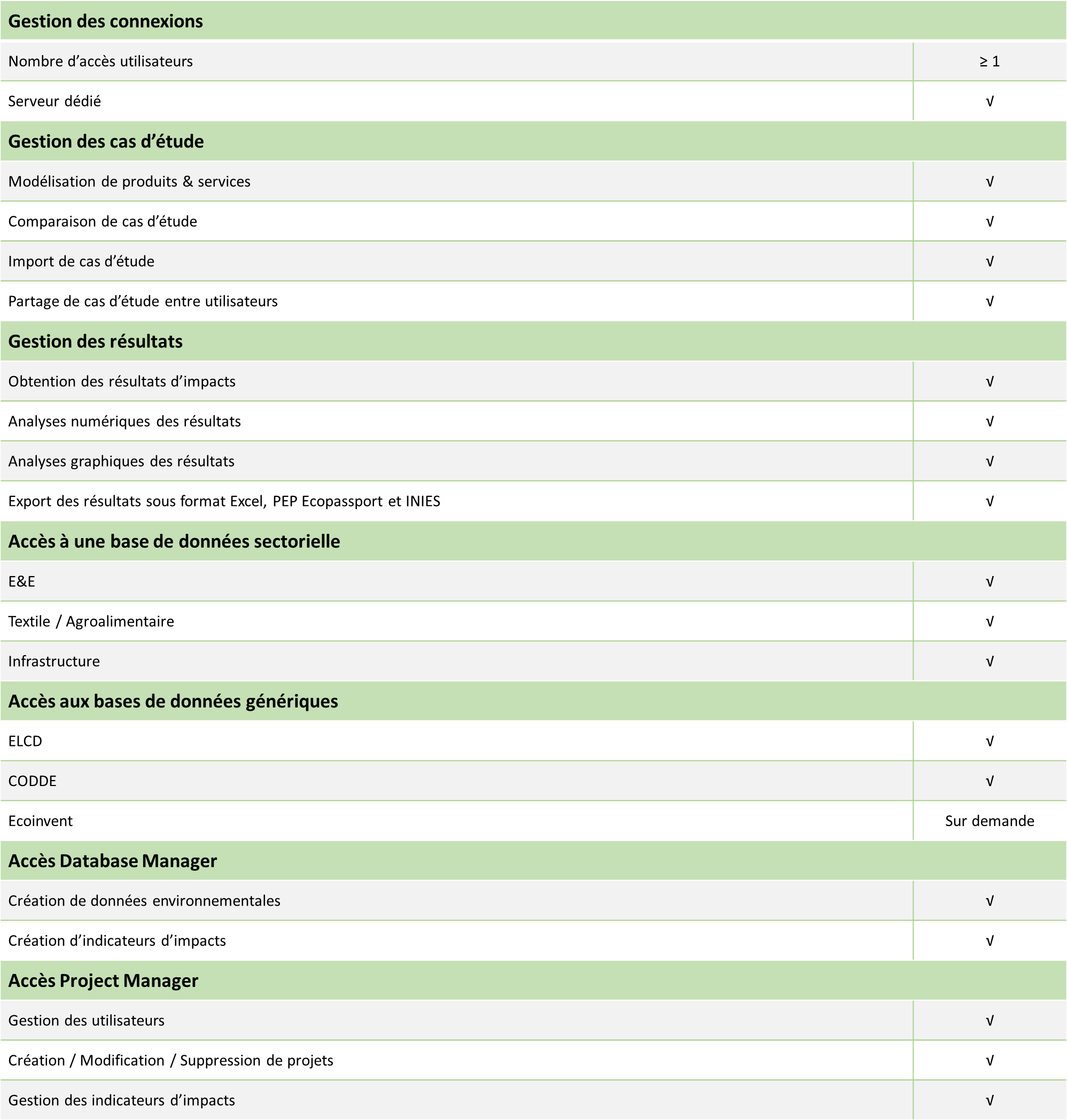TOWARDS A COMMON AMBITION OF NET ZERO
More and more companies are committing to reducing their carbon footprint. There are 2 main objectives:
- Reduce your carbon footprint in line with the objectives of the Paris Agreements, compatible with an increase in global temperature limited to 1.5°C by 2050. The reduction objective is -90% before 2050.
- Go beyond the objectives of the Paris Agreements by achieving carbon neutrality called “Net Zero”. The reduction objective is at least -90% before 2050. Once these reductions have been made, the residual emissions must be compensated. Only carbon sequestration projects can be taken into account, avoided emissions cannot be taken into account.
In both cases, companies are required to set their objectives on the basis of emissions reductions within their own operational scope (scope 1 and 2) and value chain (scope 3).

BEFORE COMPENSATION, REDUCTION

If the final objective of "Net Zero" on a planetary scale, or "Carbon Neutrality" on an organizational/product scale is important, let us not forget that today's efforts remain the reduction (-90%). The compensation will concern 10% of our emissions.
How to reduce?
- By integrating the concepts of the circular economy (reduction, reuse, recycling),
- By reducing our dependence on fossil fuels in favor of renewable energies,
- By showing sobriety.
But be careful of preconceived ideas. Renewable energy is not carbon neutral: mainly due to the depreciation of infrastructures which currently depend on fossil fuels.
LCIE SUPPORTS YOU IN YOUR APPROACH
LCIE Bureau Veritas supports you in evaluating the carbon footprint of your products:
- Carbon footprint calculation by integrating scopes 1, 2 and 3,
- Compliance with the ISO 14067 standard and the rules by product category in force (PCR),
- Prospective analysis 2030-2050: the EIME software has prospective electricity mix 2030-2050 allowing you to anticipate the environmental profile of your products, and thus identify in a relevant manner the actions to be carried out today.
👉🏽Discover 🏷️2050 Targets - Analysis of “ideal” scenarios: 100% recycled materials, 100% recycling, 100% renewable energy.

VERIFICATION OF YOUR CARBON FOOTPRINTS
Developed by Bureau Veritas, the BV Green Mark allows you to meet your communication obligations by independently demonstrating the performance of your products.
Our verification protocols allow us to display a carbon footprint value (in kg CO2 eq.) and/or a reduction (in %). All our protocols comply with ISO 14067.
TO GO FURTHER
Bureau Veritas' Decarbonization solution
Bureau Veritas' Carbon Footprint white paper
Bureau Veritas, partner of Net Zero Initiative for IT
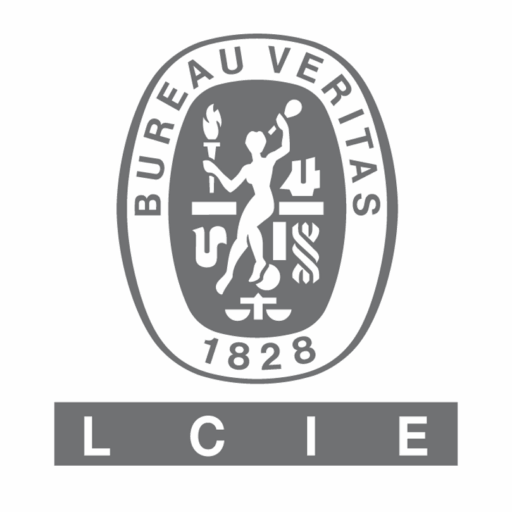





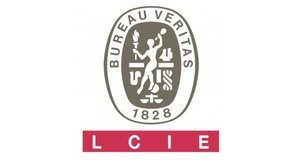

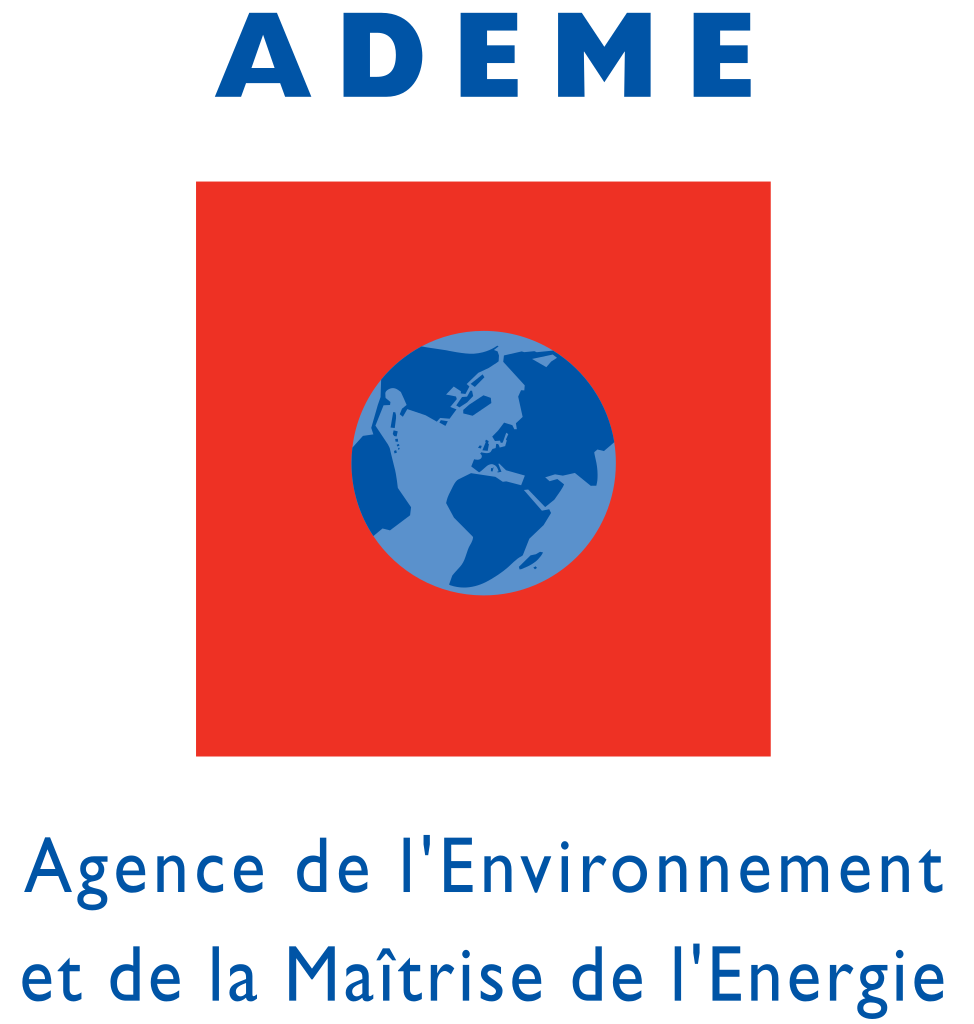

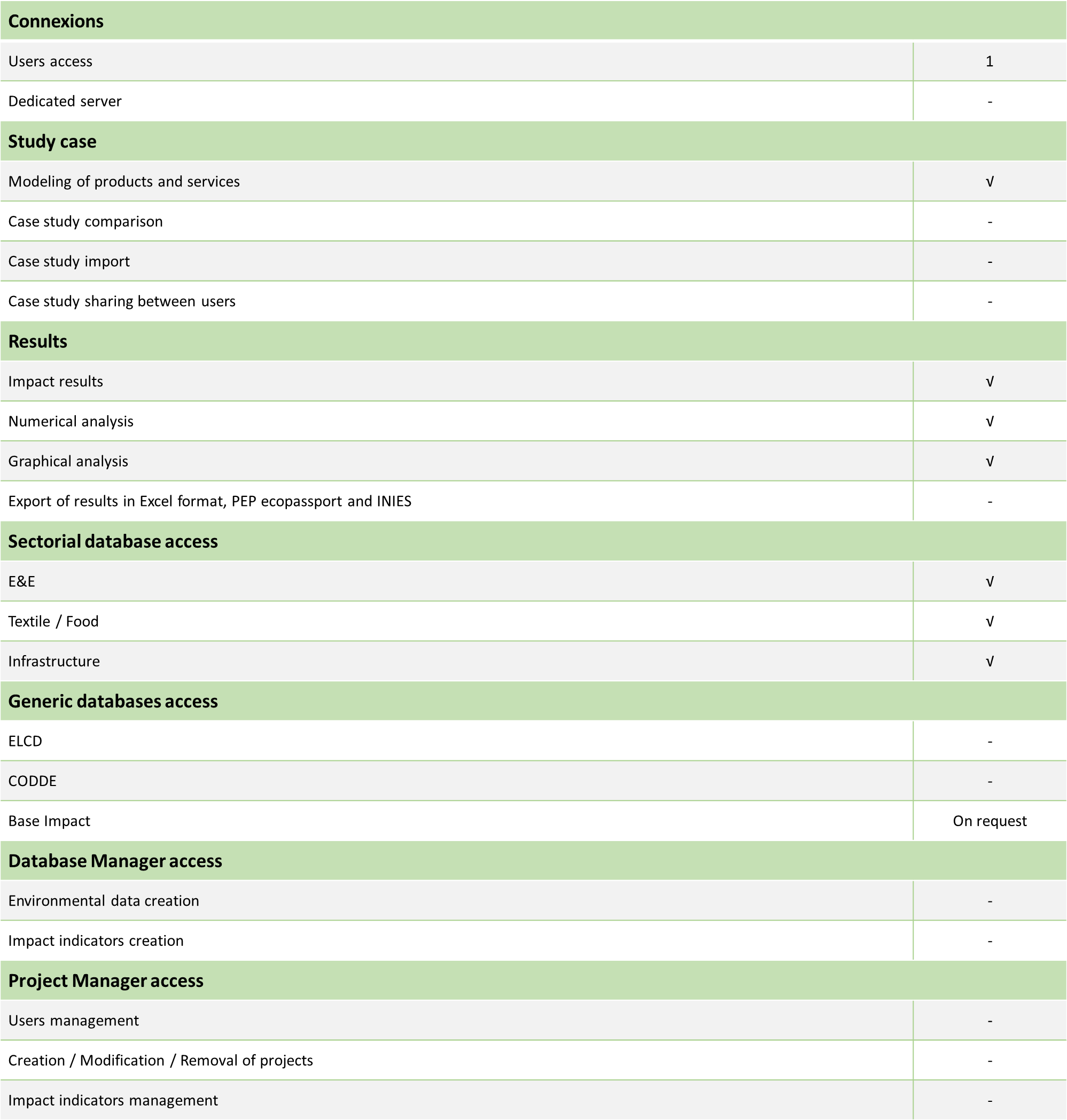

 SFR/Vodafone – Affichage environnemental
SFR/Vodafone – Affichage environnemental Conforama – Affichage environnemental
Conforama – Affichage environnemental Alstom Transport – Déclarations Environnementales Produit (DEP)
Alstom Transport – Déclarations Environnementales Produit (DEP) Schneider Electric – Product Environmental Profile (PEP)
Schneider Electric – Product Environmental Profile (PEP)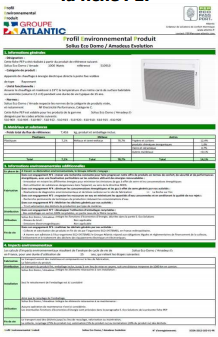 Atlantic – Product Environmental Profile (PEP)
Atlantic – Product Environmental Profile (PEP)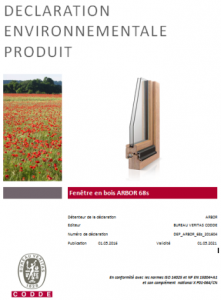 Arbor – Fiche Déclarations Environnementale et Sanitaire (FDES)
Arbor – Fiche Déclarations Environnementale et Sanitaire (FDES)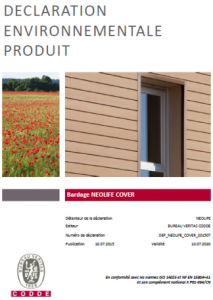 Neolife – Fiche Déclarations Environnementale et Sanitaire (FDES)
Neolife – Fiche Déclarations Environnementale et Sanitaire (FDES) Atlantic – Communication Environnementale pour le grand public
Atlantic – Communication Environnementale pour le grand public